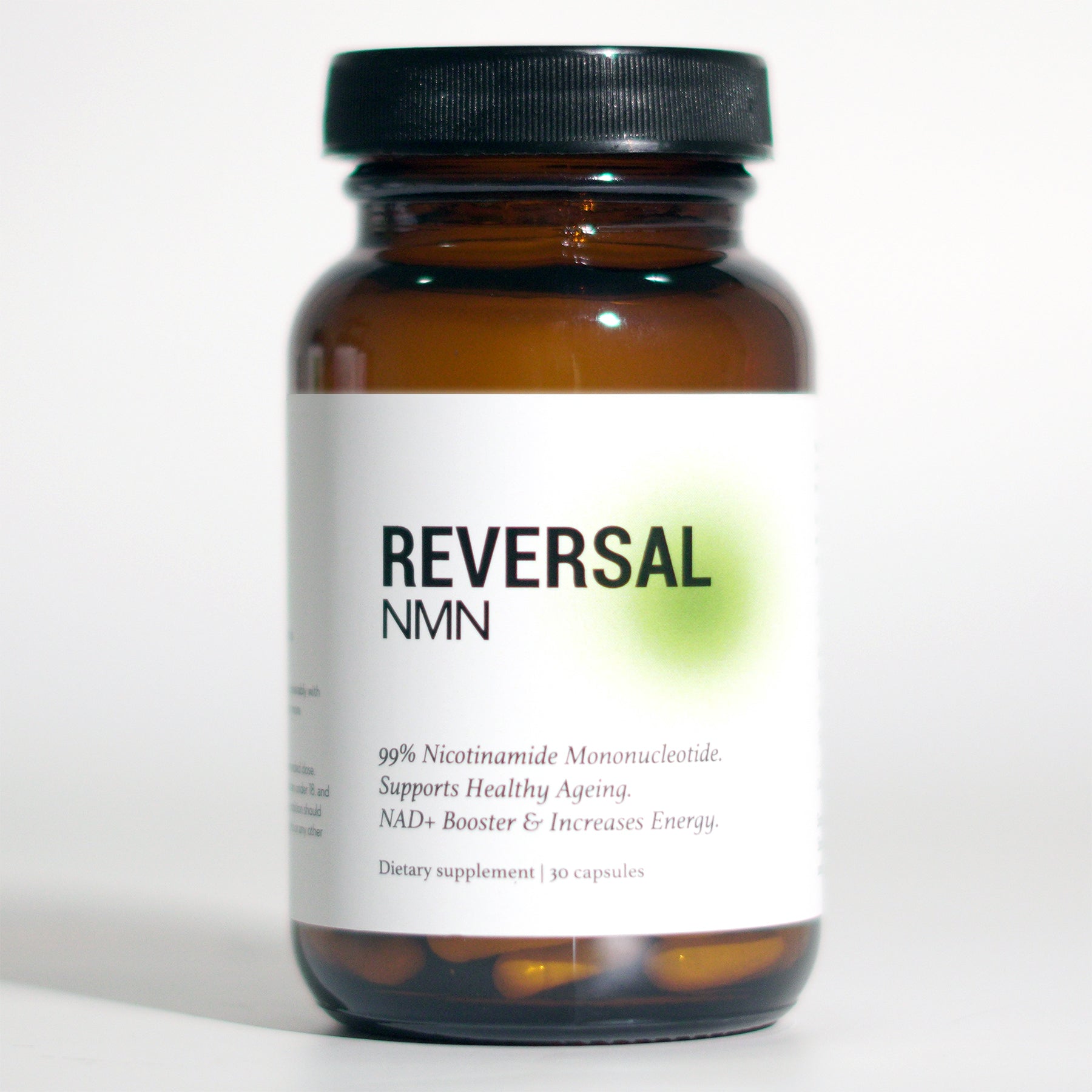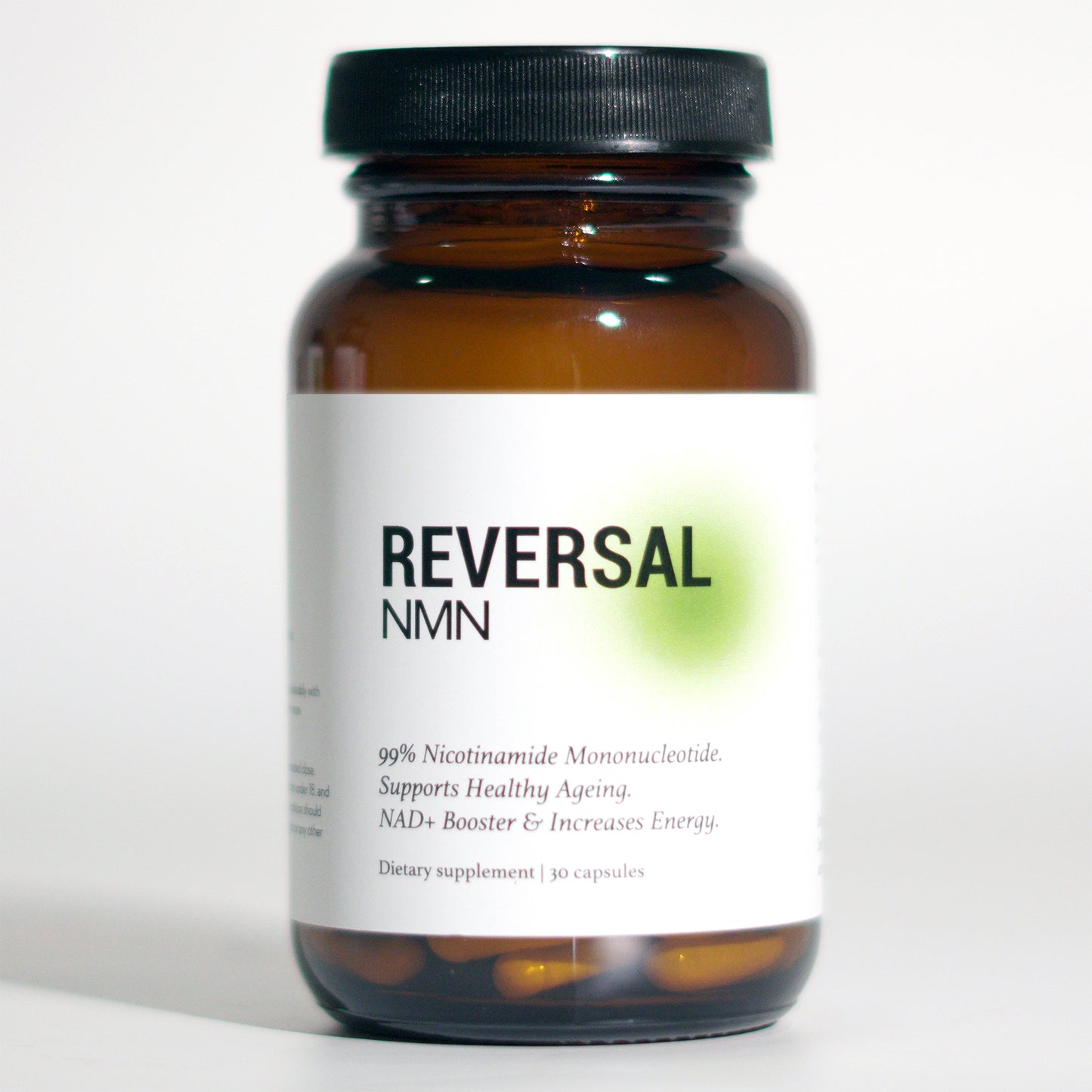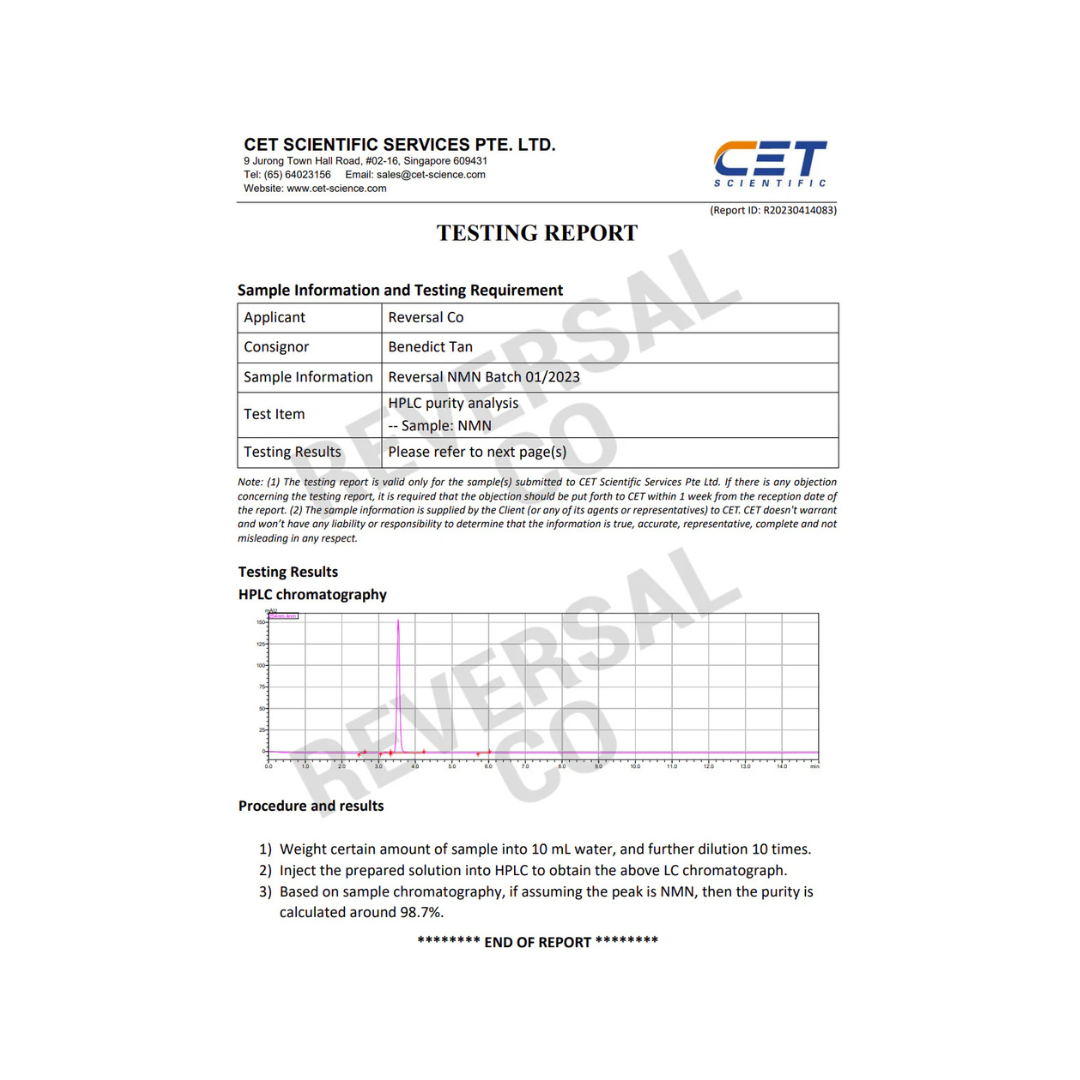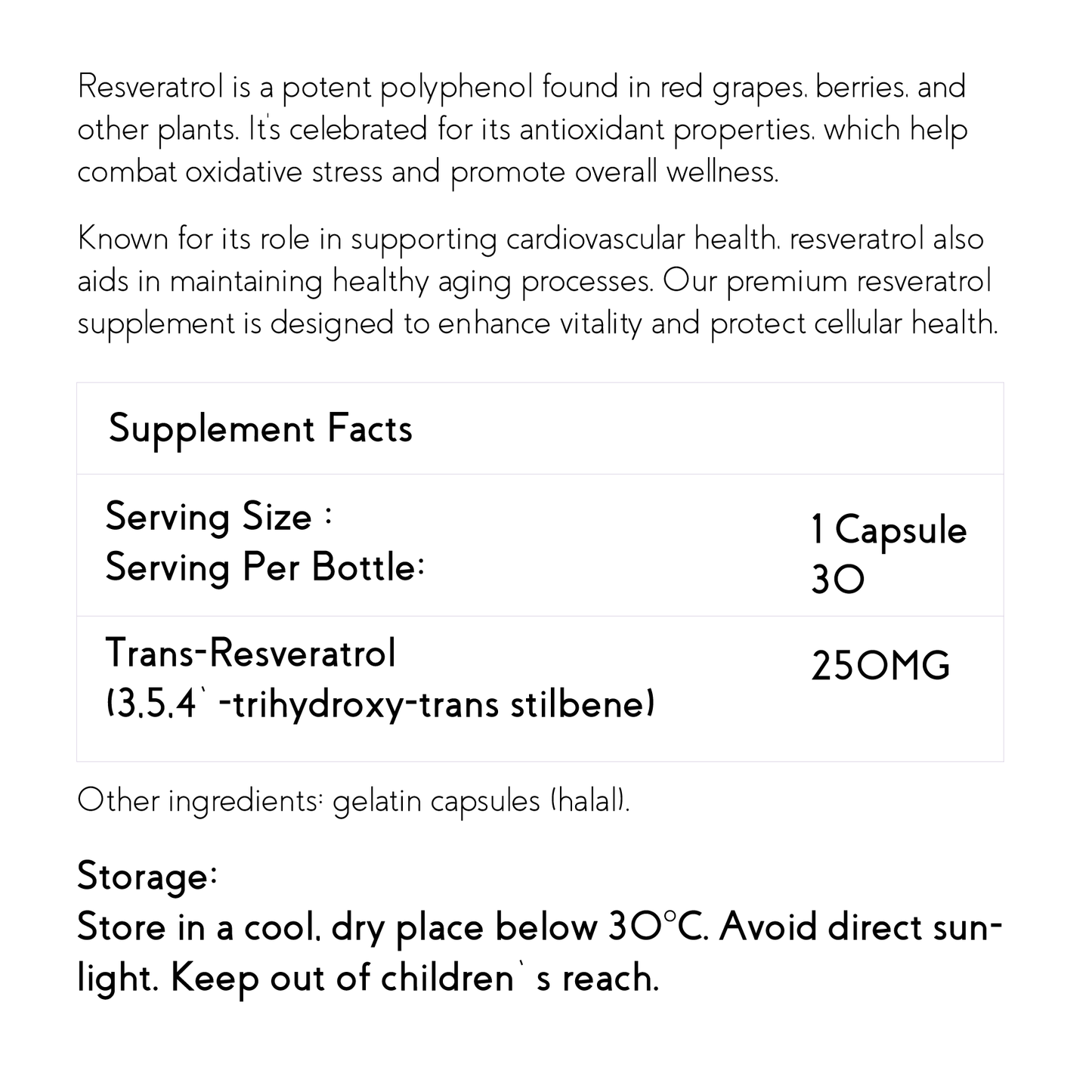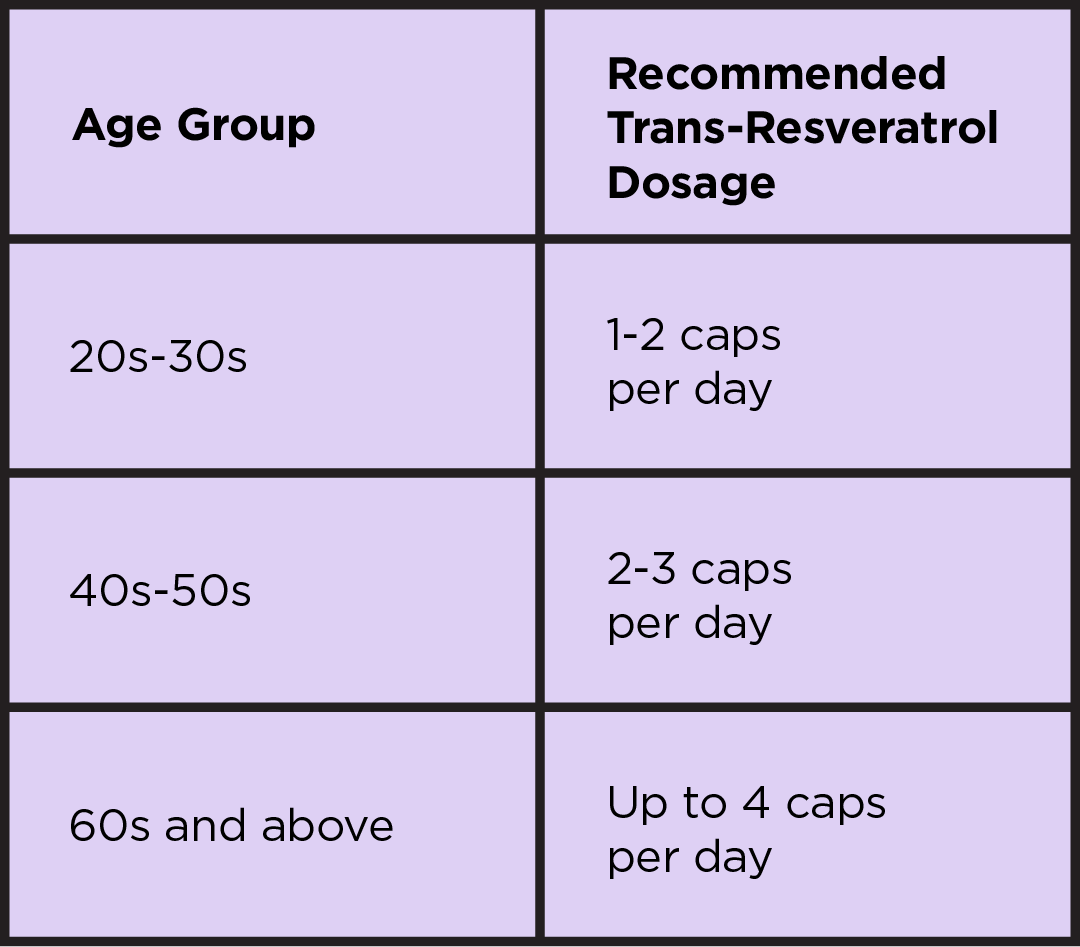Title: Exploring the Role of NMN in Axon Degeneration: A Study in Flies
Introduction: Axon degeneration is a significant factor in disrupted neuronal circuit function in diseases and injuries affecting the nervous system. Researchers have identified the activation of the SARM1 protein and depletion of the metabolite NAD+ as key contributors to axon degeneration.
Preserving Axons in Flies:
Several studies have shown that low levels of the NAD+ precursor NMN can preserve axons in mammals after injury. However, it remained unclear if NMN also plays a similar role in flies (Drosophila). To investigate this, researchers lowered NMN levels in flies by expressing a prokaryotic enzyme called NMN-Deamidase (NMN-D). This led to the preservation of severed axons for months and their integration into circuits for weeks.
NMN and NAD+ Metabolism:
NMN-D altered the NAD+ metabolic flux in flies by decreasing NMN levels without affecting NAD+ levels. Increasing NMN synthesis, on the other hand, resulted in faster axon degeneration after injury. These findings suggest that NMN levels play a crucial role in the degeneration of axons.
The Role of SARM1 and dSarm Activation:
Researchers discovered that the activation of dSarm, the fly version of the SARM1 protein, mediates axon degeneration in flies. Lowering NMN levels delayed neurodegeneration caused by the loss of the dNmnat enzyme, which consumes NMN and synthesizes NAD+. This emphasizes the significance of NMN in neurodegeneration, extending beyond axonal injury.
Mechanisms of Axon Degeneration:
Axon degeneration is common in various contexts, including the developing nervous system, nervous system injuries, and neurodegenerative diseases. Studying the molecular mechanisms of axon degeneration can pave the way for the development of treatments for neurological conditions.
Wallerian Degeneration and Axon Death Signaling:
Wallerian degeneration, a well-established system for studying axon self-destruction after injury, involves the activation of dSarm/SARM1. This activation leads to the depletion of NAD+ in severed axons and fragmentation. The axon death signaling pathway is also implicated in non-injury neurological disorders.
NMN and SARM1 Activation:
SARM1 activation is influenced by metabolites in the NAD+ biosynthetic pathway, and NMNAT2 maintains NAD+ levels. After axonal injury, NMNAT2 degradation and an increase in NMN levels occur, with a halting of NAD+ biosynthesis. NMN competes with NAD+ for binding to SARM1, with NMN activating SARM1 and NAD+ preventing activation. Expression of NMN-D prevents SARM1 activation and preserves severed axons in mammals and zebrafish.
Axon Degeneration in Flies:
Flies exhibit some differences in axon degeneration mechanisms compared to mammals. These include the regulation of dNmnat turnover and the downstream effector of catastrophic fragmentation. Despite some controversy, study results confirm the role of NMN in axon degeneration in flies, indicating its importance in dSarm NADase activity.
Experimental Methods:
Researchers conducted experiments on Drosophila, culturing the flies and performing assays and analyses on fly heads. Techniques such as injury assays, transgenesis, and optogenetics were used alongside molecular analyses, including Western blotting and quantitative PCR. Statistical analysis was performed to ensure reliable results.
Conclusion:
This study provides valuable insights into the role of NMN in axon degeneration using Drosophila as a model organism. Lowering NMN levels through NMN-D expression preserved axons and their synaptic connectivity for extended periods. The findings highlight the significance of NMN in degenerative processes, and this research could have implications for developing treatments for neurodegenerative diseases in humans.
Title of paper: The NAD(+) precursor NMN activates dSarm to trigger axon degeneration in Drosophila
Author(s): Llobet Rosell A, Paglione M, Gilley J, Kocia M, Perillo G, Gasparrini M, Cialabrini L, Raffaelli N, Angeletti C, Orsomando G, Wu PH, Coleman MP, Loreto A, Neukomm LJ.
Year published: 2022
Published in: Elife
Original article can be found here.


